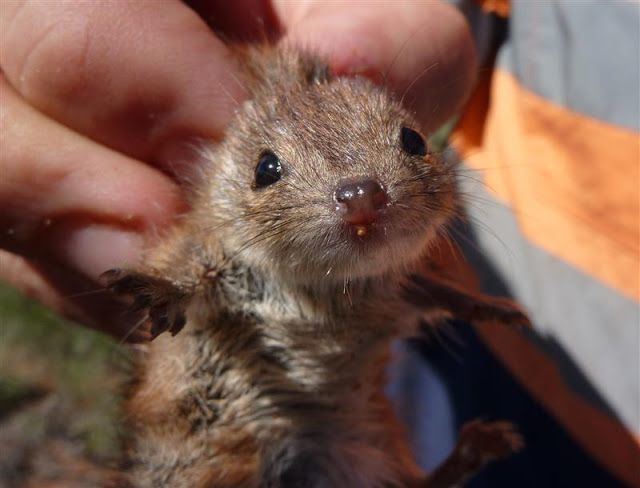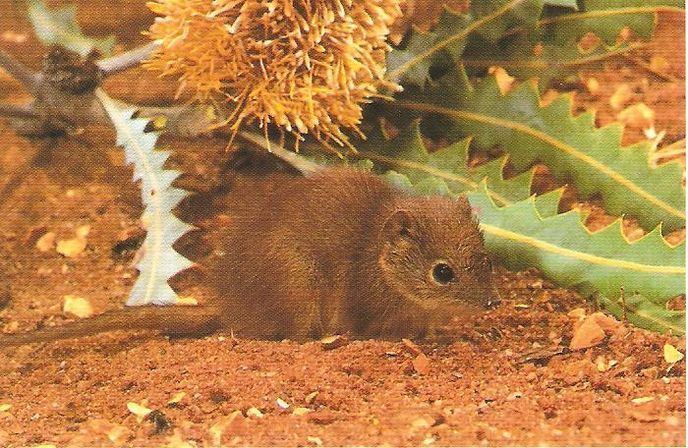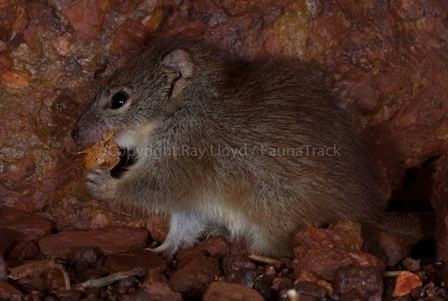Phylum Chordata Rank Species | Scientific name Dasykaluta rosamondae Higher classification Dasykaluta | |
 | ||
Genus DasykalutaArcher, 1982 Similar False antechinus, Speckled dasyure, Myoictis, Murexia, Marsupial shrew | ||
The little red kaluta (Dasykaluta rosamondae), also known as the little red antechinus, russet antechinus, spinifex antechinus or simply kaluta, is a carnivorous nocturnal marsupial. It lives in the dry areas of Western Australia. Individuals are 9–11 cm (3.5–4.5 in) long and weigh 20–40 g (0.71–1.41 oz). They live for about three years in captivity.
Contents
Taxonomy

The little red kaluta is a member of the family Dasyuridae. When it was first described by W.D.L. Ride in 1964, the species was placed in the genus Antechinus. However, in 1982 Mike Archer assigned it to its own genus. It has since been shown to be most closely related to the Dibbler (Parantechinus apicalis).

"Kaluta" is an Aboriginal name adopted from the Nyamal language for this species, and this is reflected in the generic name Dasykaluta, which means "hairy kaluta". The species name, rosamondae, is a reference to Rosamund Clifford, the famous mistress of Henry II of England, who is said to have had red hair.
Description

The little red kaluta is a rufous brown colour with fairly coarse fur. In body shape, it is generally similar to the antechinuses, although it has a shorter head and ears. It is also somewhat smaller than these animals.
The little red kaluta feeds on insects and small vertebrates. A notable habit is flicking its tail in the air as it investigates its habitat.
Male little red kalutas, like several other dasyurid species, die shortly after the September breeding season, probably due to stress. The young are born after a pregnancy of around seven weeks, and are weaned when around four months old.
Habitat
The little red kaluta is found in the Pilbara and Little Sandy Desert in Western Australia, where it is moderately common. It occupies spinifex grassland.
